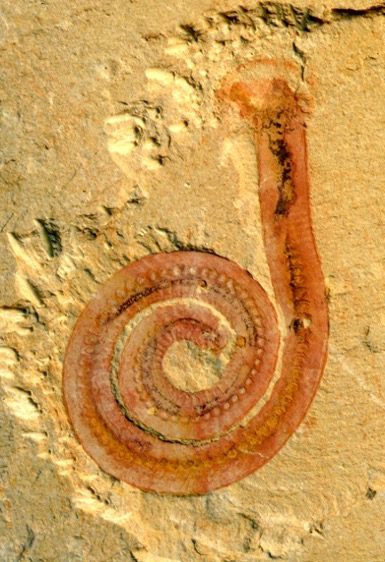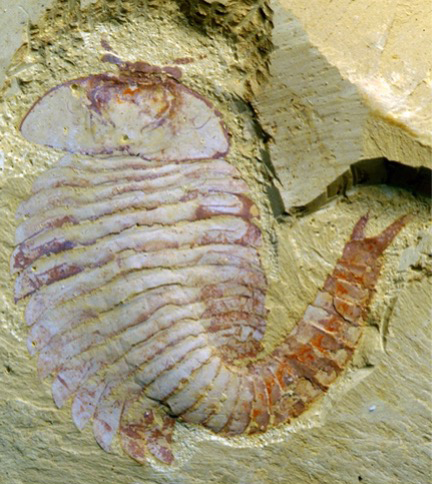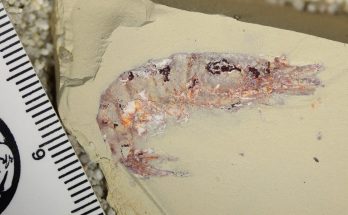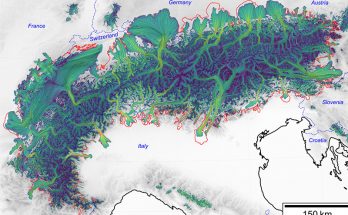Cette publication est également disponible en :
![]() Français
Français
The Chengjang Biota is a fossil assemblage of high importance, particularly with regard to its faunal richness and the quality of conservation of the species it contains. Romain Vaucher, a post-doctoral fellow at ISTE, contributed to research led by Farid Saleh (Yunnan University) which determined that the paleoenvironment of this site was a delta. This completely new result earned the research team a publication in the journal Nature Communications.
The Chengjang Biota: a privileged witness of the Cambrian Explosion
The Cambrian Explosion (or zoological big bang) occurred over 500 million years ago. During this key event in the evolution of species, many plant and animal forms differentiated in a relatively short period of time (a few tens of millions of years). Several fossil sites bear witness to this pivotal period, one of most famous being the Burgess Shale, discovered in 1909 in British Columbia (Canada).
In 1984, another remarkable fossil site was discovered in what is now Yunnan Province in China. This site contains the fauna of the Chengjang Biota that also lived during the Cambrian Explosion. It is one of the oldest identified fossil deposits (~ 518 million years ago), containing more than 250 exceptionally well-preserved animal species. This site of high scientific importance was classified as a UNESCO World Heritage Site in 2012.
Numerous researches have provided precise information on the fossils of this site. However, the environment in which animal evolved is still not well defined. The weathered outcrops studied so far have been degraded by natural erosion preventing the detailed analyze of the sedimentary deposits. Interpretations of these outcrops indicate that the environment must correspond to a marine shore. Still, until now there has been no consensus on the nature of this shore and the living conditions prevailing there (influence of waves, tides, depth, etc.), nor the conditions that have promoted the exceptional preservation of the fossils.
The study of fine sediments to determine the paleo-environment
Given the importance of the Chengjang Biota site, and advances in sedimentology over the past 20 years have motivated the drilling of a 130 m-long core in the fine-grained rock hosting the Chengjiang Biota, to study the structure and dynamics of successive deposits and better understand its paleoenvironment. An international research team including taphonomists, geochemists, paleontologists has studied these sediments. Romain Vaucher played the role of expert for the interpretation of sedimentary structures. During his PhD, some of his work was focused on the Fezouata Shale, an Ordovician site of exceptional fossil preservation in Morocco.
Analyses of the sedimentary layers of the core have revealed highly variable sedimentation conditions. The authors noted turbidity indicators that correspond to a coastal area influenced by waves and storms, and deposits corresponding to more or less intense mud influxes. The salinity level was also found to be variable between the different layers. This pattern of depositional succession could be attributed to the joint influence of river and marine processes, leading to the conclusion that the Cambrian Chengjang Biota inhabited a delta. The sedimentary structures observed along the core correspond to those that can be observed on present-day deltas.
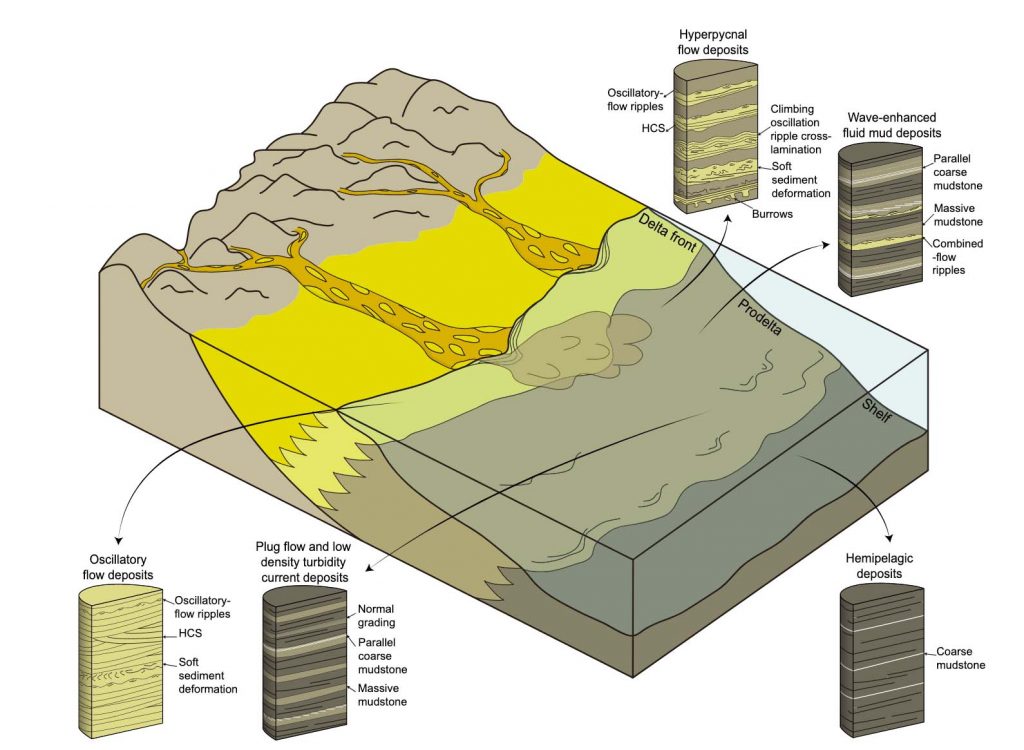
The unexpected result of this study: the Chengjang Biota evolved in a delta area apparently unsuitable for thedevelopment of life
Rich and well-preserved fossil sites are generally described as having benefited from stable environmental conditions, such as deep marine shores. These conditions appear to have been favorable for the development of life in the Cambrian and to be the constant for exceptional conservation sites of fossils.
The fact that animal life developed so prolifically in a delta area was quite unexpected. Indeed, this environment represents a high level of stress for living organisms, both in terms of variations in salinity or oxygenation of the water, as well as in terms of irregular and massive contributions of sediment carried by the river floods. These hard conditions are also reflected in the composition of the fossils on the site. For example, in some areas, there are many fossils of juvenile organisms, which were certainly buried by the brutal contribution of mud carried by the floods of the river and the absence of echinoderm fossils reflects that the salinity of the water was too variable for these organisms.
The exceptional preservation of the fossils in such an unstable environment is also a new discovery. According to the observations made on the core, the zone in which the fossils were best preserved is that corresponding to the pro-delta (between the mouth of the river and the seabed). At this point the turbidity is relatively low and a regular sediment supply by the river favors the rapid burial of the carcasses.
At present the Chengjang Biota is the only site related to the Cambrian Explosion for which a delta-like environment is described. Further analysis of sediments from equivalent sites may reveal less stables living and fossilization conditions than those currently accepted.
Bibliographic reference
Farid Saleh, Changshi Qi, Luis A. Buatois, M. Gabriela Mángano, Maximiliano Paz, Romain Vaucher, Quanfeng Zheng, Xian-Guang Hou, Sarah E. Gabbott & Xiaoya Ma (2022) The Chengjiang Biota inhabited a deltaic environment. Nature Communications
*Dr Farid Saleh is a post-doctoral fellow at Yunnan University in China. In 2020, he received his PhD from the University of Lyon 1 (France), for his contributions on the exceptional preservation of the Lower Ordovician of Morocco. Currently, he is studying the exceptional preservation of the Lower Cambrian in China.

